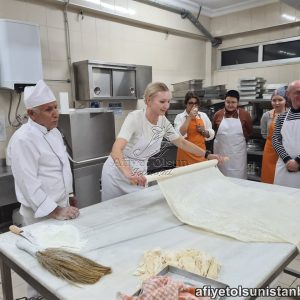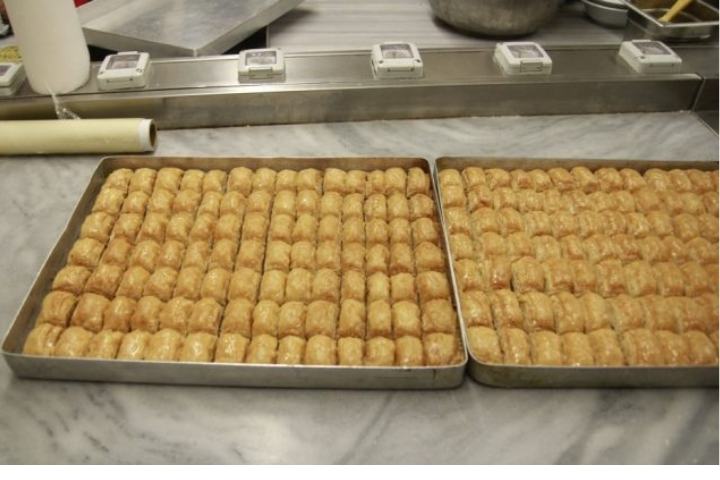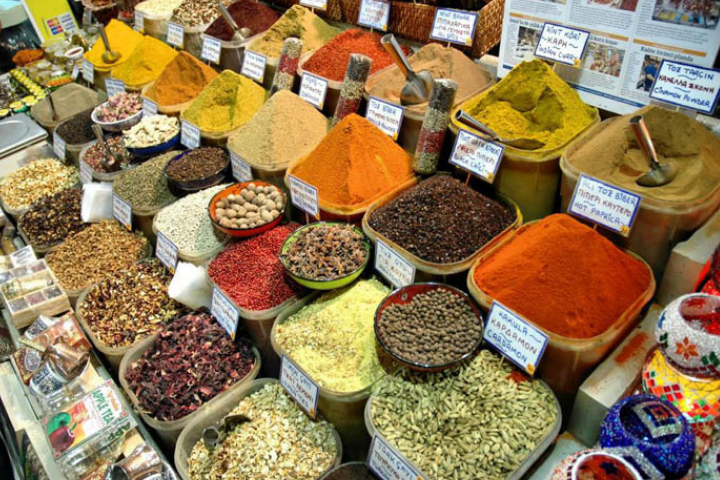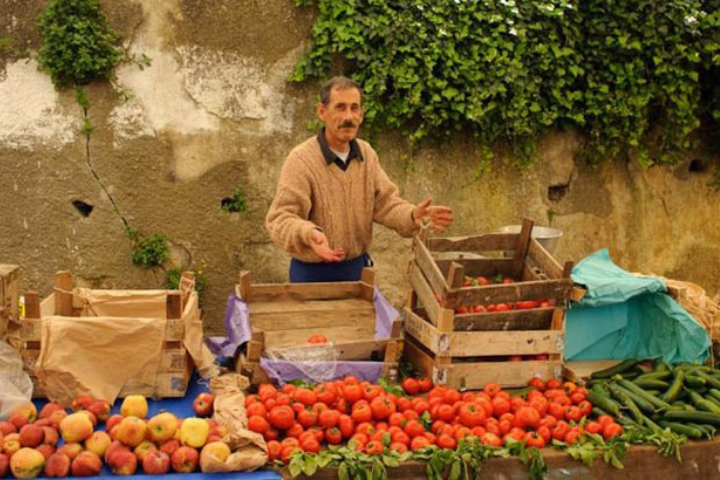A pastry perfected by royal bakers in the sultan’s palace in Istanbul, consists of layers of phyllo filled with nuts and spices and drenched in a syrup. It has become a traditional Middle Eastern Rosh Hashannah and Purim treat but is enjoyed at celebrations throughout the year.
There are numerous variations of baklava, many a closely guarded secret passed down within families. A walnut filling is more prevalent in the Levant, while pistachios and pistachio-almond fillings are preferred as well. Blanched almonds are traditional on Rosh Hashannah to produce a light color so that the year should be dulce y aclarada (“sweet and bright”). Sephardim refrain from serving dark-colored pastries such as those made from walnuts on Rosh Hashannah, which would portend a dark year. Although purists disdain anything except the classic nut filling, some cooks innovated by adding such items as dates and chocolate chips. Hungarians make an apricot version. This very rich treat is usually served in small portions
-
Product on sale
 Turkish Cooking Class in IstanbulOriginal price was: €95,00.€85,00Current price is: €85,00.
Turkish Cooking Class in IstanbulOriginal price was: €95,00.€85,00Current price is: €85,00. -
 Turkish Meze Making Workshop
Turkish Meze Making Workshop -
 Professional Turkish Baklava Workshop€650,00
Professional Turkish Baklava Workshop€650,00


